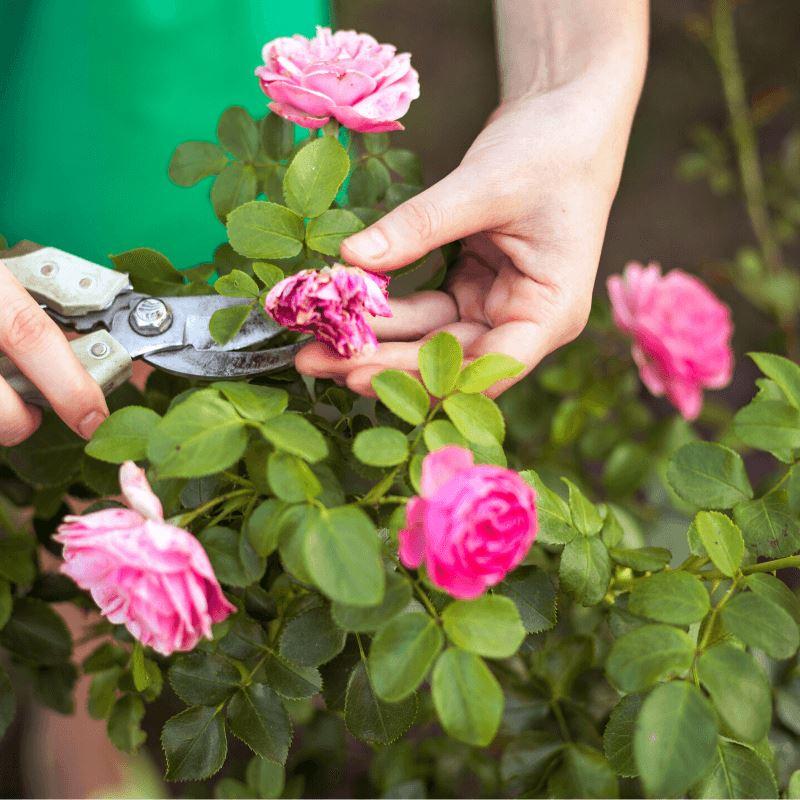
Gardening Dictionary for Beginners
Welcome to the Garden dictionary!
Hi guys! Let me be honest, I’m racking brain on how I can make this interesting for you but this is one article where I might have to be just factual. But I’ll try to make it as “non-technical” as I can. Here I will be talking about 20 or so Gardening terminologies that a beginner should know. So, let’s get started.
Try to imagine a plant from seedling to full-grown and mark a few terms in its journey.
First, we have a seed:

1. Germinate:
The technical term for a seed sprouting. Germination occurs whenever a seed breaks out of dormancy and starts growing roots and shoots.
Now the seed turns into a small baby plant which may have been grown indoor in damp tissue paper. You will need to:
2. Transplant:
The transfer of a plant from one container or growing medium to another. Often used to refer to moving indoor started seedlings from their containers to the garden bed outdoors.
The seedling now needs soil:
3. Cocopeat:
Cocopeat is a multi-purpose growing medium made out of coconut husk. The fibrous coconut husk is pre-washed, machine dried. It’s often sold in a block which needs to be rehydrated.



4. Perlite:
A light granular mineral, created by expanding minerals under very high heat. Commonly seen in potting mixes, perlite is the little white specks you see that often rise to the top. Since it is so light, perlite’s main purpose is to aid in good drainage of the soil or potting mix.
5. Garden soil:
It is compost-enriched and is a higher quality soil. Garden soil is topsoil enriched with compost and organic matter to make it better suited to actual plant growth.
In a good potting soil mixture of the 3 things mentioned above, the seedling is thriving and is now a big plant.
Now we see the different types of plants:
6. Annuals:
Plants that complete their life cycle within one growing season. A plant’s complete life cycle consists of going from seed to flower to seed production and finally death.
7. Biennials:
Plants that have a two-year life cycle. In the first year, the plant grows from seed and focuses on producing roots and leafy growth. The second year, the plant puts most of its energy into producing flowers to produce seeds and reproduce.
8. Perennials:
Plants that keep growing for many years. Perennials are divided into two types, woody and herbaceous. Woody perennials like trees and shrubs remain year after year, while herbaceous perennials die back to ground level in the winter but come back with new growth
Now let’s look at their seasons:
9. Growing season:
The growing season is the part of the year during which local weather conditions (i.e. rainfall and temperature) permit normal plant growth. The summers and winters are peak growing months for a lot of plants.
10. Dormancy:
Dormancy is a period in an organism's life cycle when growth, development, and physical activity are temporarily stopped. Some plants tend to go dormant in the cold months.
It’s time to give the plant some fertiliser:
11. N-P-K:
An abbreviation for the three main nutrients or “macronutrients” that are necessary for plants to survive and grow. These are nitrogen (N), phosphorus (P) and potassium (K). These are often found as the three numbers on fertilizer labels, and represent the percentage per volume of each nutrient. *self-promo alert* May I suggest the Plant Fertiliser Sticks from Lazy gardener.
The plant is now doing very well. It’s big enough to make more:
12. Propagation:
the breeding of specimens of a plant or animal by natural processes from the parent stock.
13. Cuttings:
A method of plant propagation where a leaf, stem or bud is cut from a parent plant to make a new plant. The cutting is then “planted” into a growing medium such as potting mix, to form roots and establish itself as a new plant.

14. Node:
The point on the stem of a plant where branches, leaves or flowers originate.

15. Root Propagation:
A root cutting is a portion of the plant root cut that is used for plant propagation.
Now it’s time to do some maintenance:
16. Root Bound:
The condition when a plant has outgrown its container. The roots have no more space to grow and may coil at the bottom of the pot and begin to entangle and cut off the growth of the other roots. This results in stunted growth.
17. Pruning:
To trim (a tree, shrub, or bush) by cutting away dead or overgrown branches or stems, especially to encourage growth.

18. Pinching Back:
The process of using your fingers to pinch and break off the end portion of a branch or stem. This is done to promote side growth, resulting in a bushier, fuller plant.
And that’s it, guys! We now have a better plant vocabulary!
I hope you have a lovely day!
Until next time,
Gayatri Vaidya ©


Leave a comment